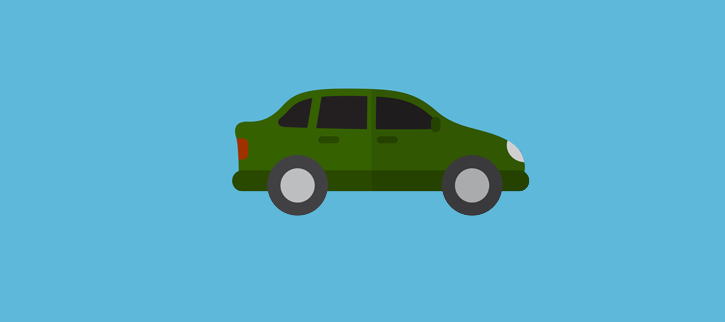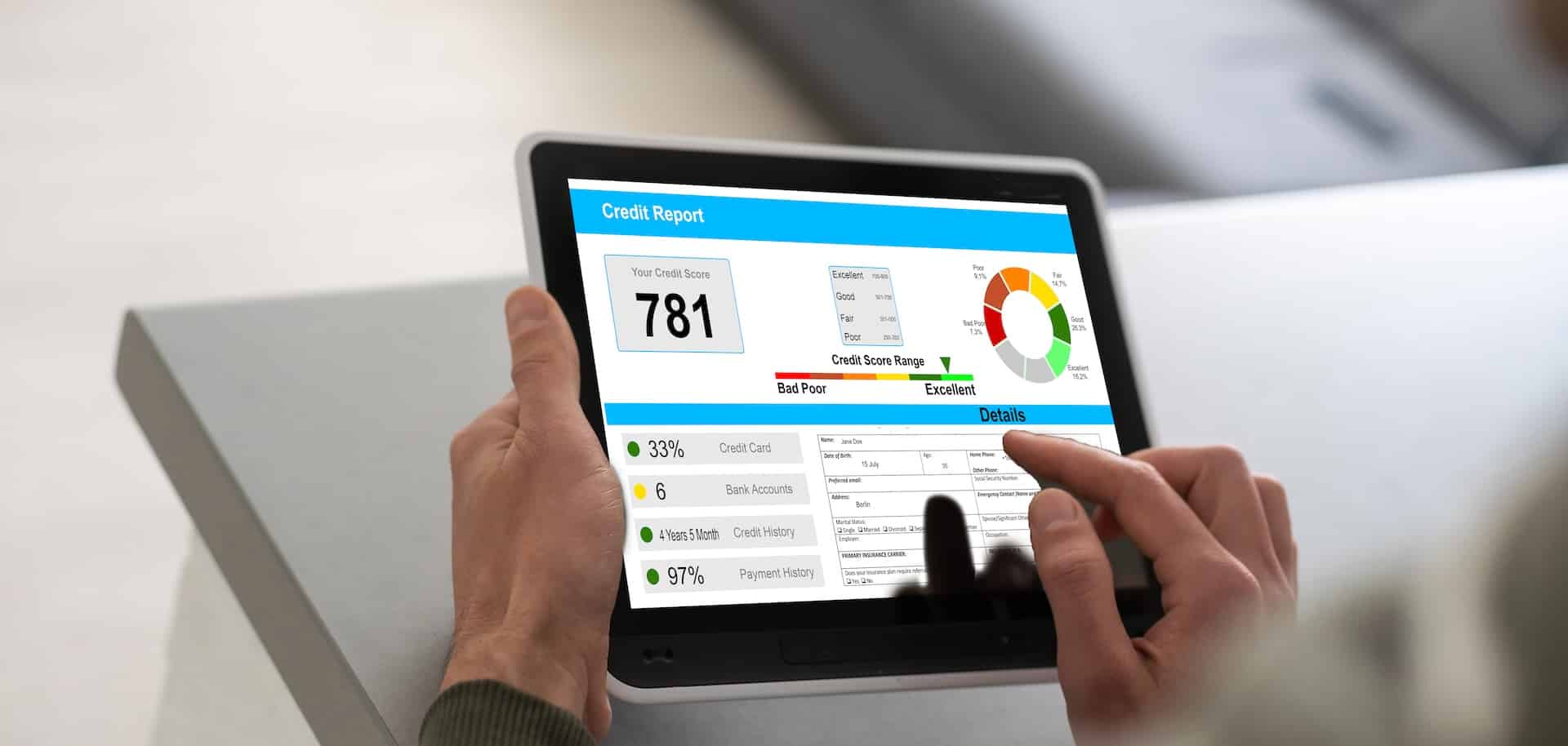Car insurance policies are made up of a variety of coverages that protect you from the financial responsibility associated with a car accident. While most of the basic coverage options pay for the damage you do to other people’s property, some of the optional extras pay for repairing your own car and paying your medical bills. Your state probably dictates the minimum amount of coverage you need to carry, but if you have a car loan, your lender may specify additional amounts you have to purchase. This makes it somewhat tricky to determine how much car insurance you need.
Before you choose a car insurance policy, shop around and get at least three quotes from different insurance providers. Use an online car insurance comparison tool for fast rate checking and to make sure you get the most competitive rates and ideal coverage available.
What Is Liability Coverage?
Liability coverage pays for the financial damage you cause to the property or body of another person when you’re at-fault in an accident. The laws and regulations that determine who is at-fault or responsible for an accident vary from state to state. In a fault-based state, the insurance company for the at-fault driver pays for the other driver’s expenses. In no-fault states, each driver’s insurance company pays for the insured party’s medical expenses, although property damage is still fault-based.
Types of Liability
Liability coverage breaks down into two types of liability: bodily injury and property damage. The amount of liability coverage you choose is typically expressed using a three-number figure that might look like this: 150/400/100. The first number describes the limit for each person injured in an accident, the second describes the total payout limit for each accident and the third describes the amount of property damage reimbursement that’s available for each accident. The numbers are expressed in thousands of dollars. Using this same example, the coverage would be $150,000 for each person injured in the accident, up to a total of $400,000. Any damage to the vehicle or other property is limited to $100,000.
How Much Liability Insurance Should You Buy?
Almost every state in the United States requires drivers to carry a minimum amount of liability insurance. Check with your state to determine the most current regulations. The following chart provides a quick summary of state-mandated minimums.
| State | Bodily Injury Per Person | Bodily Injury Per Accident | Property Damage |
| Alabama | $25K | $50K | $25K |
| Alaska | $50K | $100K | $25K |
| Arizona | $15K | $30K | $10K |
| Arkansas | $25K | $50K | $25K |
| California | $15K | $30K | $5K |
| Colorado | $25K | $50K | $15K |
| Connecticut | $20K | $40K | $10K |
| Delaware | $15K | $30K | $10K |
| Florida | N/A | N/A | $10K |
| Georgia | $25K | $50K | $25K |
| Hawaii | $20K | $40K | $10K |
| Idaho | $25K | $50K | $15K |
| Illinois | $25K | $50K | $20K |
| Indiana | $25K | $50K | $10K |
| Iowa | $20K | $40K | $15K |
| Kansas | $25K | $50K | $10K |
| Kentucky | $25K | $50K | $10K |
| Louisiana | $15K | $30K | $25K |
| Maine | $50K | $100K | $25K |
| Maryland | $30K | $60K | $15K |
| Massachusetts | $20K | $40K | $5K |
| Michigan | $20K | $40K | $10K |
| Minnesota | $30K | $60K | $10K |
| Mississippi | $25K | $50K | $25K |
| Missouri | $25K | $50K | $10K |
| Montana | $25K | $50K | $10K |
| Nebraska | $25K | $50K | $25K |
| Nevada | $15K | $20K | $10K |
| New Hampshire | $25K | $50K | $25K |
| New Jersey | $15K | $30K | $5K |
| New Mexico | $25K | $50K | $10K |
| New York | $25K | $50K | $10K |
| North Carolina | $30K | $60K | $25K |
| North Dakota | $25K | $50K | $25K |
| Ohio | $25K | $50K | $25K |
| Oklahoma | $25K | $50K | $25K |
| Oregon | $25K | $50K | $20K |
| Pennsylvania | $15K | $30K | $5K |
| Rhode Island | $25K | $50K | $25K |
| South Carolina | $25K | $50K | $25K |
| South Dakota | $25K | $50K | $25K |
| Tennessee | $25K | $50K | $15K |
| Texas | $30K | $60K | $25K |
| Utah | $25K | $65K | $15K |
| Vermont | $25K | $50K | $10K |
| Virginia | $25K | $50K | $20K |
| Washington | $25K | $50K | $10K |
| Washington D.C. | $25K | $50K | $10K |
| West Virginia | $25K | $50K | $25K |
| Wisconsin | $25K | $50K | $10K |
| Wyoming | $25K | $50K | $20K |
In most cases, opting for the minimum isn’t enough. Most experts recommend that you choose an amount of coverage that equals the total value of all your assets, including your home, savings, investments and car.
Other Coverage Options
In addition to having liability coverage, there’s a variety of other types of coverage, each of which is important in its own way for its ability to care for you or reimburse you for damage to your car after an accident. When you’re evaluating your need for these coverage levels, consider the age and value of your car and other assets. Options include:
- Collision: Unless you’re driving a beater vehicle, having optional collision coverage makes good sense. This option pays for the repair costs to your vehicle after an accident that you’re responsible for causing.
- Comprehensive: This coverage also pays for the repair of your vehicle, but in this case it’s for repairs from non-accident-related damage. Examples include falling limbs, theft, vandalism and natural disasters.
- Personal Injury Protection: Also commonly known as PIP, this option pays for your medical expenses and those of your passengers when you’re in an accident. This coverage is also commonly called no-fault insurance because it covers you no matter who causes the accident. It pays for medical expenses and may cover childcare services, lost wages and other household expenses. Some states, including Michigan and New York, require their drivers to have PIP.
- Underinsured/Uninsured Motorists: Up to 25% of drivers in some areas of the country don’t carry the minimum amount of liability protection. If you’re in an accident with one of these drivers, this relatively inexpensive coverage option steps in to pay for your expenses.
How to Choose Extra Coverage Options
Before you sign up for extras such as PIP, check your health and disability insurance policies to see if you already have coverage. If so, buy the required minimum. If not, consider buying the amount you can afford to protect you from medical expenses of an accident. If you have a relatively new car, or if you’re still making payments on your car, opt for collision and comprehensive so you can replace or repair your car after an accident or unforeseen event. These coverages have deductibles, which are set amounts that you have to pay out of pocket before the insurance policy begins paying. Choosing a higher deductible lowers your premium.





















